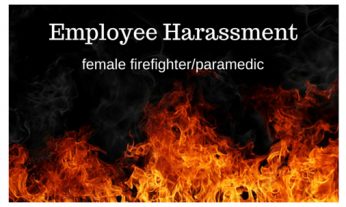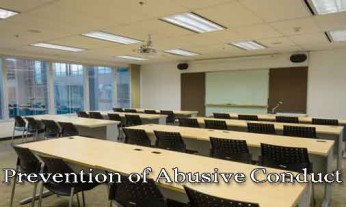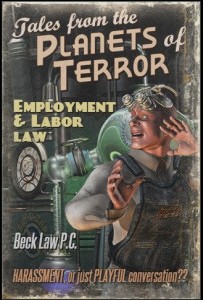 Racism within a police department? You would expect the people in the business of law enforcement to actually know the law and follow it. But according to one officer of the San Jose Police Department, when it came to racist comments and discriminatory behavior, the department knew of harassment and did nothing to stop it.
Racism within a police department? You would expect the people in the business of law enforcement to actually know the law and follow it. But according to one officer of the San Jose Police Department, when it came to racist comments and discriminatory behavior, the department knew of harassment and did nothing to stop it.
Details of the Racism Claim
Officer Nabil Haidar escaped a civil war in Lebanon by coming to the United States in the late 80s. Roughly a decade later, he joined the SJPD. According to him, discriminatory nicknames have plagued him from the beginning, increasing in ruthlessness over time. The taunts included tags such as The Beirut Bomber, ISIS, and Taliban. Why did he not complain when things first started? He says he feared retaliation.
Finally, in 2017, Haidar had enough when a sergeant “joked” in a meeting that Haidar had worked with ISIS for two years. Haidar quickly filed an administrative claim alleging harassment. After almost a year passed with no conclusion to the internal investigation, Haidar took things a step further and filed suit against the department. In addition to the initial discrimination and harassment, Haidar asserts that the department Chief has retaliated against him with an unfair reprimand for a collision in which Haidar was involved. According to Haidar, the chief left out pertinent information related to the crash, which would have exonerated him to an extent, in the reprimand.
In Haidar’s May 2018 claim, he says a transfer taken due to the problems has resulted in more than one million dollars in lost future wages over the coming years until he is eligible to retire. He also is claiming $5 million for emotional distress.
Equal Employment Opportunity Commission Laws
Federal law prohibits discriminating against individuals due to race, culture, or ethnic background. This relates to any aspect of employment, including hiring, pay, benefits, training, promotions, job assignments, layoffs, and firing. Equally important, the law addresses harassment, stating that employees shall not be victimized with racial slurs or pejorative statements related to race or ethnicity. This applies to coworkers and supervisors alike. If such harassment exists and is the basis for creating a hostile work environment, it can result in legal consequences.
Racism – A Significant Problem
Although some might believe that racism is no longer a problem in America, the numbers tell a different story. Nationwide, nearly 35,000 suits filed with the EEOC were resolved in 2017 alone, at a cost of over $75 million. Clearly, a substantial problem still permeates this country in all sorts of businesses. [Read more…]






